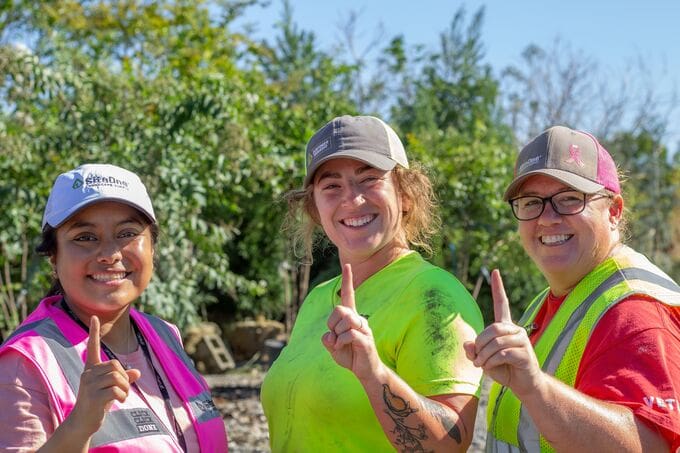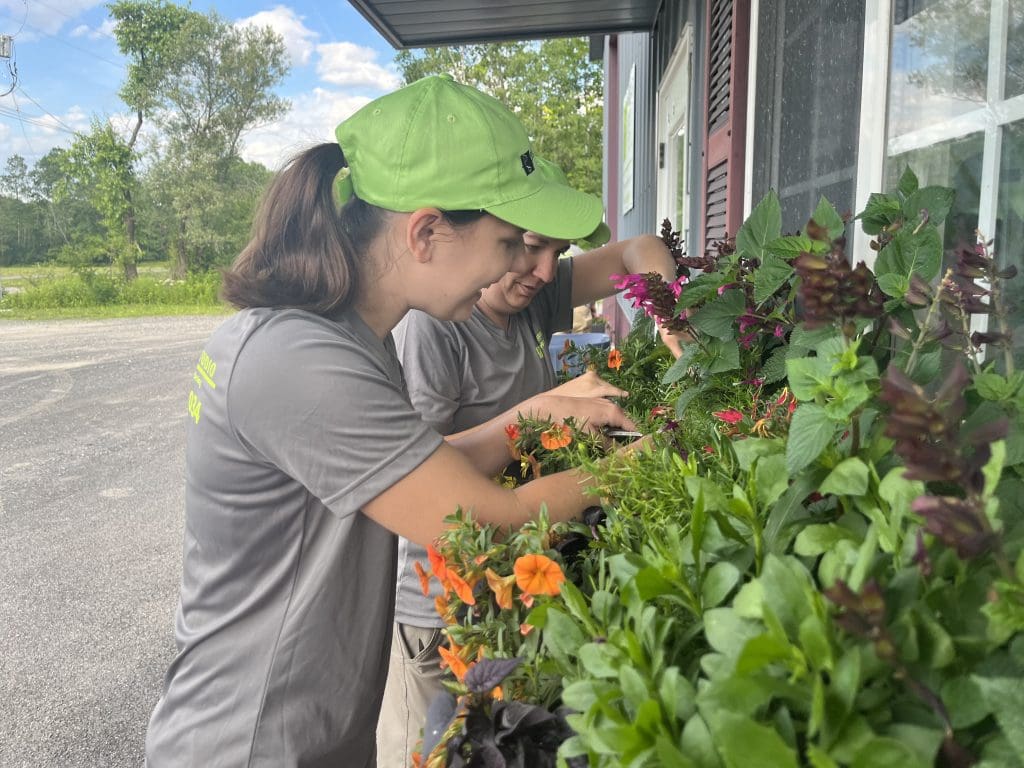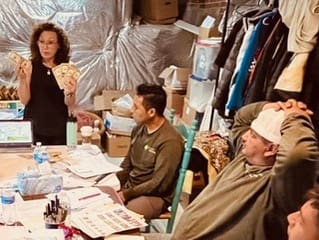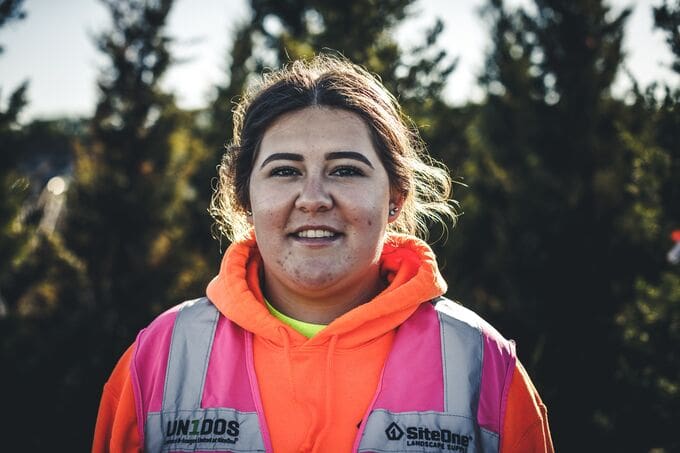
You can access untapped potential when you diversify your workforce. While fostering diversity is a never-ending objective that takes time and resources, the results are well worth the effort.
“Having a diverse workforce means happier and healthier employees, customers feel more respected, and managers have greater access to the talent and skillsets they need for their departments to thrive,” says Anterro Graham, general manager for Pro Cutters Lawnscapes, based in Conyers, Georgia. “It has made a difference to our customer base to see a diverse employment pool working together. We believe the team should reflect the general makeup of our society.”
Provide Mentoring
True diversity means having a variety of individuals in leadership roles, not just out in the field. Seeing their peers in management positions can help minorities feel they belong and know there is a career path for them as well.

“Representation is important, along with the right type of training and then making sure you support the person through the change in their roles,” says Pam Berrios, president of Infinity Group, LLC.
Mentoring your existing workforce can help more individuals prepare to step into leadership roles and truly be qualified.
“Do not lower your standards,” says Joe Ketter, EVP of human resources for SiteOne Landscape Supply, based in Roswell, Georgia. “Do not waver on hiring the best person for the job just because of diversity because when you do that, no one wins. That goes over in a worse way with diverse populations. If they feel that they are just being promoted based on their race or gender and not their capability and what they’re bringing to the table as a qualified, talented individual, I’ve been told by a lot of minorities there couldn’t be anything more demotivating than that.”
Consider Specific Groups’ Needs
If you are trying to grow or reach a certain group within your workforce, take the time to consider their specific needs that may be a barrier to them reaching their full potential or from feeling truly part of your team.

For instance, if you have Hispanic employees who do not speak English fluently, this could prevent them from moving up within the company and developing a sense of belonging with your company. To remedy this, you could offer English second language courses or invest in a language learning platform like Babbel. Meanwhile, for female workers, schedule flexibility and proper bathroom access are two examples of some of the overlooked issues that can make them feel less welcome in the workplace.
“The number one need for women is to feel secure,” says Adrienne Stutz, Destin branch manager for Russell Landscape Group. “Our first core value is Faith and Family. Nothing is more appealing to a woman than being part of a family and being encouraged to take care of her family first.”
Kalee Robbins, maintenance division manager/lead gardener for Poplar Point Studio, based in Moravia, New York, says they discuss access to restrooms early in the interview process so they are transparent and honest before hiring. This knowledge can provide peace of mind for females worried about factors such as dealing with their period or an upset stomach on the job.
Understand Cultural Differences
Another way to foster diversity is to embrace the current cultural differences within your staff. You can do this by taking the time to learn about your team members, their personal backgrounds and traditions.
Hosting food events is a common cultural bonding event where employees can bring a dish from their country. Other ways to celebrate diversity include putting country flags up in your shop to represent everyone who works there, highlighting different employees on social media and why they are valuable to the company, and inviting family members to company events.
“Don’t forget to also get to know their beautiful language,” Berrios says. “Oftentimes, we want our workforce to learn English and while that is something that everyone should do, you can also put an effort to learn Español to become closer to your hardworking teams.”
Offer Employee Resource Groups
Employee resource groups can provide a space for your employees to network, improve their professional development and raise awareness of issues based on their demographics like race, gender or sexuality. ERGs can also cater to other groups, such as young professionals or veterans.

“It’s important for companies to solicit feedback from their associates to understand the challenges they may face and to apply that feedback to their policies and practices,” says Ana Valentin, director of human resources for SiteOne. “Whether it’s providing military leave benefits or helping veteran associates create a sense of community at work, engaging with them to understand their needs will go a long way in retaining them.”
ERGs can often give underrepresented groups a voice where they can reveal areas your landscape business can improve upon and attract more minorities.
For additional resources, check out the NALP Foundation’s best methods to recruit and retain underrepresented workforce in different work areas.

